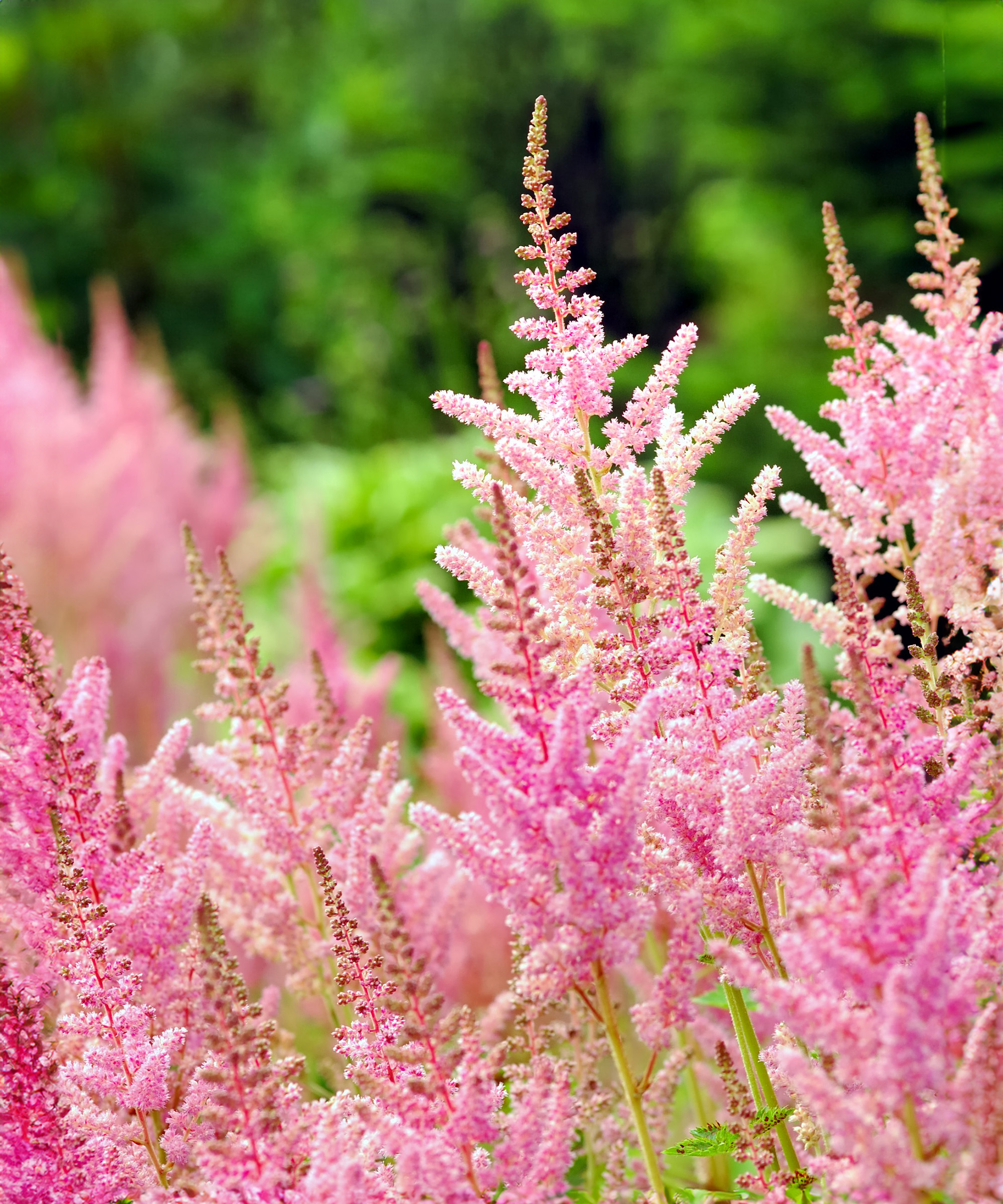How To Grow Lily Of The Valley For Sweet-Smelling Spring Blooms That Thrive In Shade
Lily of the valley is one those plants gardeners either love or hate. Find out why and how to care for these classic spring flowers in your garden.

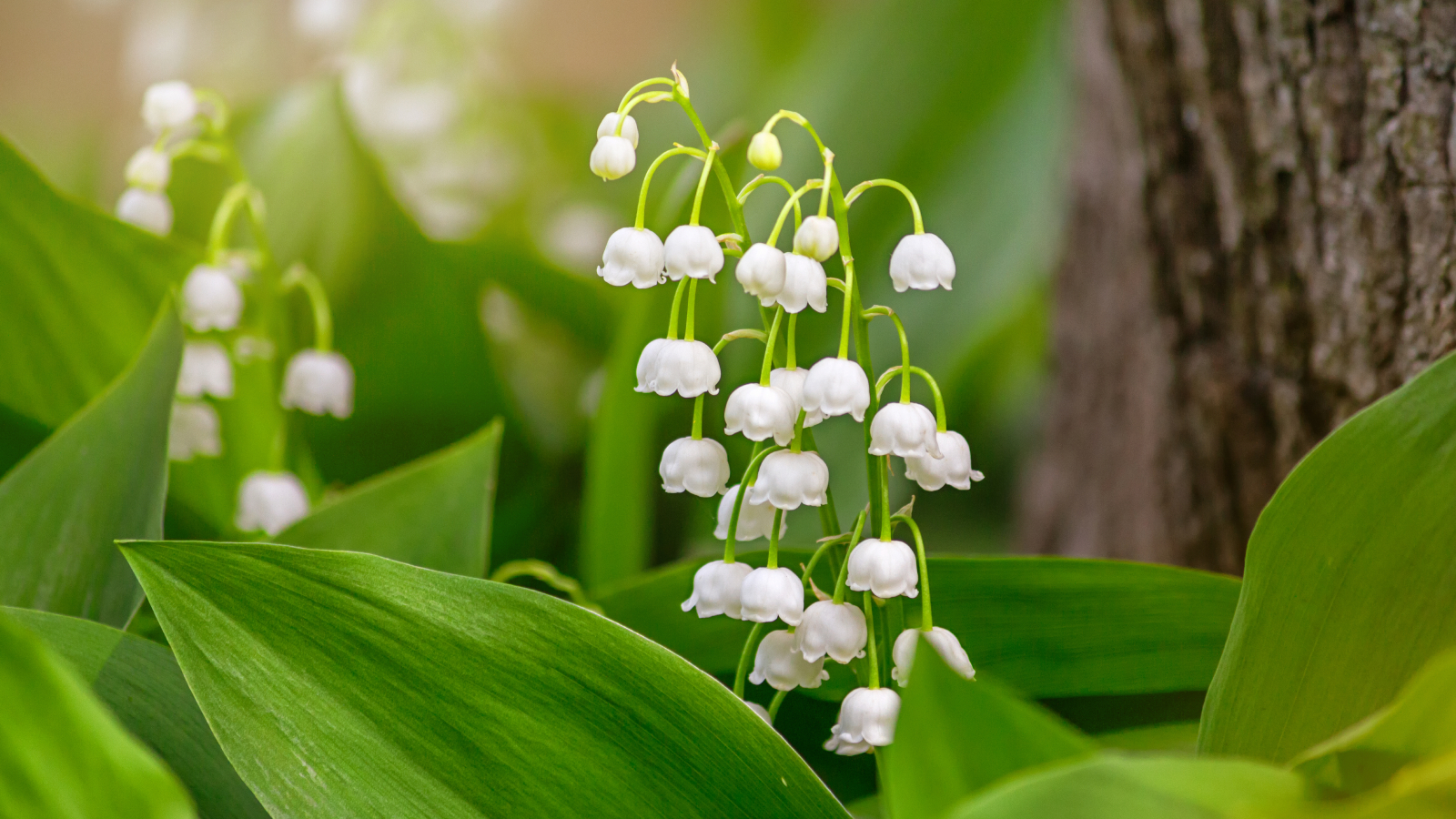
Quick Facts
Botanical name: Convallaria majalis
Height: 6-12 inches (15-30 cm)
Spread: 6-12 inches (15-30 cm)
Sun exposure: Part shade, full shade
Soil requirements: Highly adaptable
Hardiness zones: 2-9
When to plant: Fall
Bloom time: Spring
Lily of the valley (Convallaria majalis) is a popular choice for the early spring landscape, and is one of the most fragrant blooming plants in the spring and early summer garden. Grown most successfully as a ground cover, this shade tolerant flower spreads quickly to create large blankets of petite white blooms that smell delightfully sweet.
It seems most gardeners either love of hate lily of the valley flowers. Their delicate bell-shaped blooms add not only a charming brightness to hard-to-grow shady areas, but they produce a lovely floral scent that lends a touch of magic to any woodland garden.
On the other hand, lily of the valley plants are invasive and poisonous. It's extremely difficult to remove these spreading perennials once they establish themselves in your garden. You also must be careful with lily of the valley flowers if you have pets or children, as all parts of the plants are toxic when ingested.
We'll take a look at both the good and the bad of lily of the valley plants and discuss how to care for these old-fashioned flowers in your garden.
Lily of the Valley Care
The stems of lily of the valley plants are covered with tiny white, nodding bell-shaped flowers that have a sweet perfume and medium-bright green leaves that are lance-shaped, 4 to 8 inches (10 to 20 cm) high and 3 to 5 inches (7.5 to 12.5 cm) wide.
This moisture-loving plant forms a spreading mass with red seed pods remaining after flowering, which makes lily of the valley attractive after blooming and very care-free. Growing lily of the valley plants is easy, as they are adaptable and grow as perennials in USDA Zones 2-9.
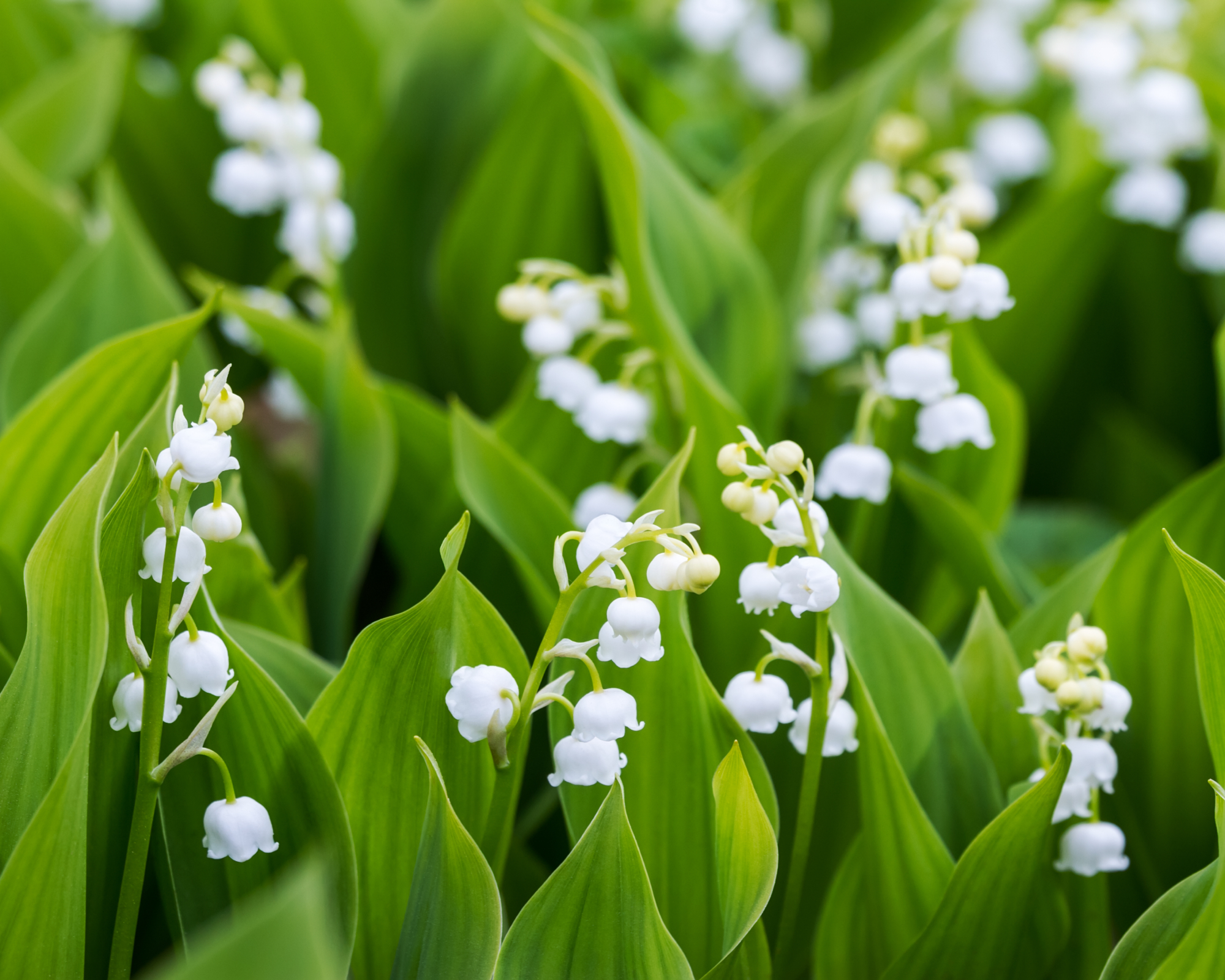
When to Plant Lily of the Valley
Lily of the valley flowers are most commonly planted in the fall. At this time, prolonged periods of cool weather allow for the development of a robust root system. A proper period of dormancy throughout winter will also be necessary in helping to ensure that new plantings are able to get a quick start the following spring.
Sign up for the Gardening Know How newsletter today and receive a free copy of our e-book "How to Grow Delicious Tomatoes".
Where to Plant Lily of the Valley
Though lily of the valley is generally considered to be quite adaptable, the plant does have some specific considerations. Among these is its ability to spread throughout the garden, sometimes becoming invasive. Lily of the valley control is often a part of basic caring for this plant.
Planting lily of the valley should be done with care, as the manner in which it is able to multiply can become quite problematic. It is for this reason that experienced growers often choose to grow lily of the valley in containers, rather than in the ground.
Before adding lily of the valley to the garden, check with you local agricultural extension to make certain that there are no rules or regulations regarding its growth.
Water & Light Requirements
Lily of the valley plants will grow best in beds that remain consistently moist throughout the entire growing season. Though uncommon, the plants may require supplemental irrigation when conditions are especially dry. Mulch is a great way to help retain moisture and keep the plant’s root system cool throughout the hottest parts of summer.
Lily of the valley will thrive in shaded beds that receive dappled light. This makes them a good choice for growth under trees, or along the sides of structures.
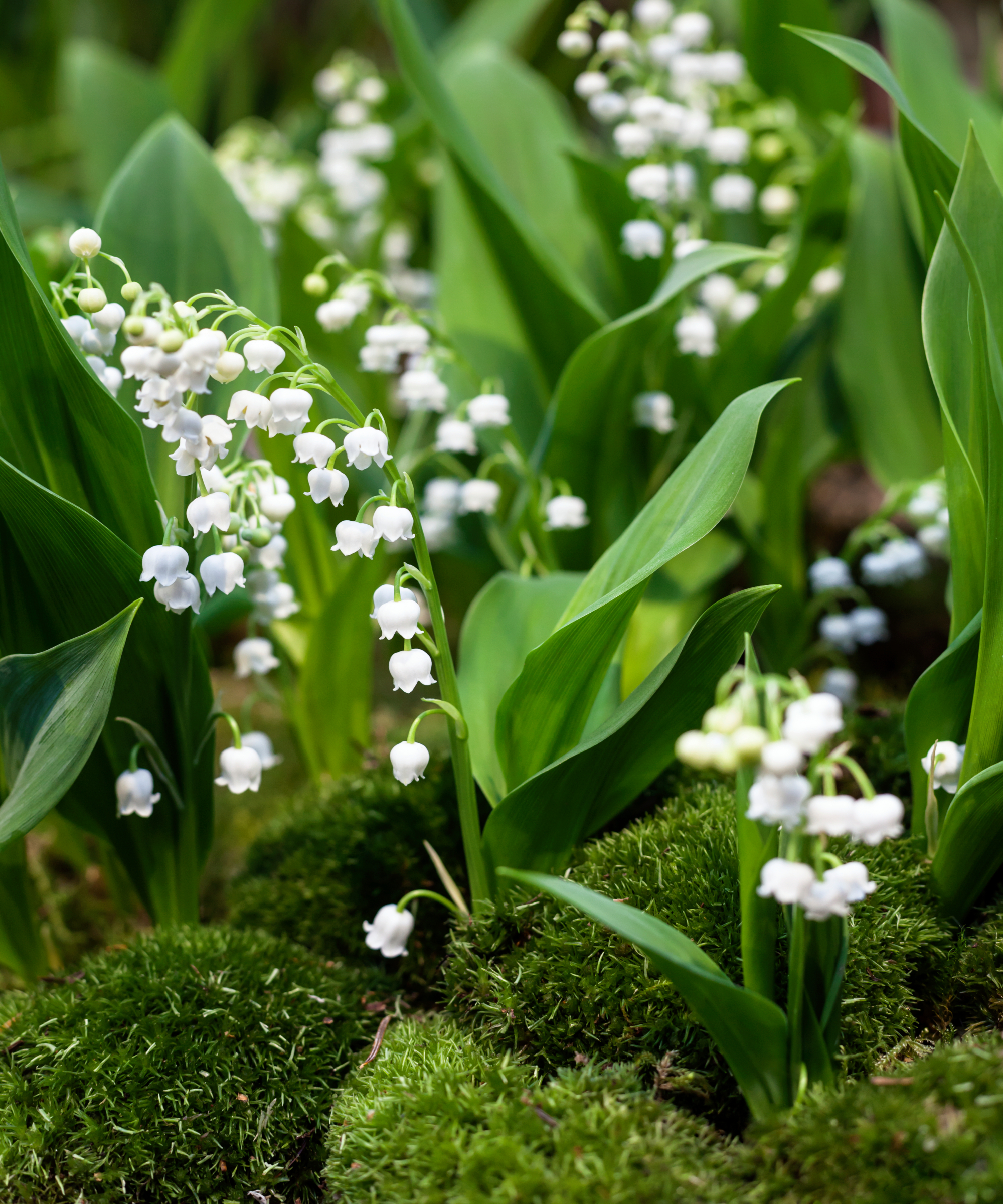
Propagation
Propagation and division play a major role in lily of the valley care. Though general care for lily of the valley is minimal, their spreading habit will need routine tending.
As the plants grow to form dense colonies, growers may find that the production of flowers has decreased significantly over time. When this occurs, dig up and divide lily of the valley plants.
Lily of the valley plants reproduce through the production of small, underground rhizomes called “pips.” These pips can be separated and then returned back to the soil. November or December is the ideal time for division.
Problems, Pests, & Diseases
Lily of the valley seldom has serious problems with insects. Common pests of the lily of the valley plants include aphids or spider mites. However, most infestations can be easily treated.
A sudden change in the appearance of the plant’s leaves may lead growers to become concerned. This is especially true of an observed decline in the ornamental quality of the plant’s foliage. Though this is generally a natural occurrence, it may also be the result of some common lily of the valley diseases like leaf spot or blotch.
Is Lily of the Valley Poisonous?
Though beautiful, all parts of lily of the valley are extremely toxic. Those hoping to grow lily of the valley in their yard should use special caution around children and pets, as ingestion of the plant can cause great harm and even death.
Lily of the Valley Varieties
With only a handful of named lily of the valley varieties available to gardeners, common types can be found at most home and garden centers. Plants which produce pristine, white flowers are customary.
However, specialty varieties can also be found. These include those which yield blooms that are double, or open to reveal delicate shades of pink.
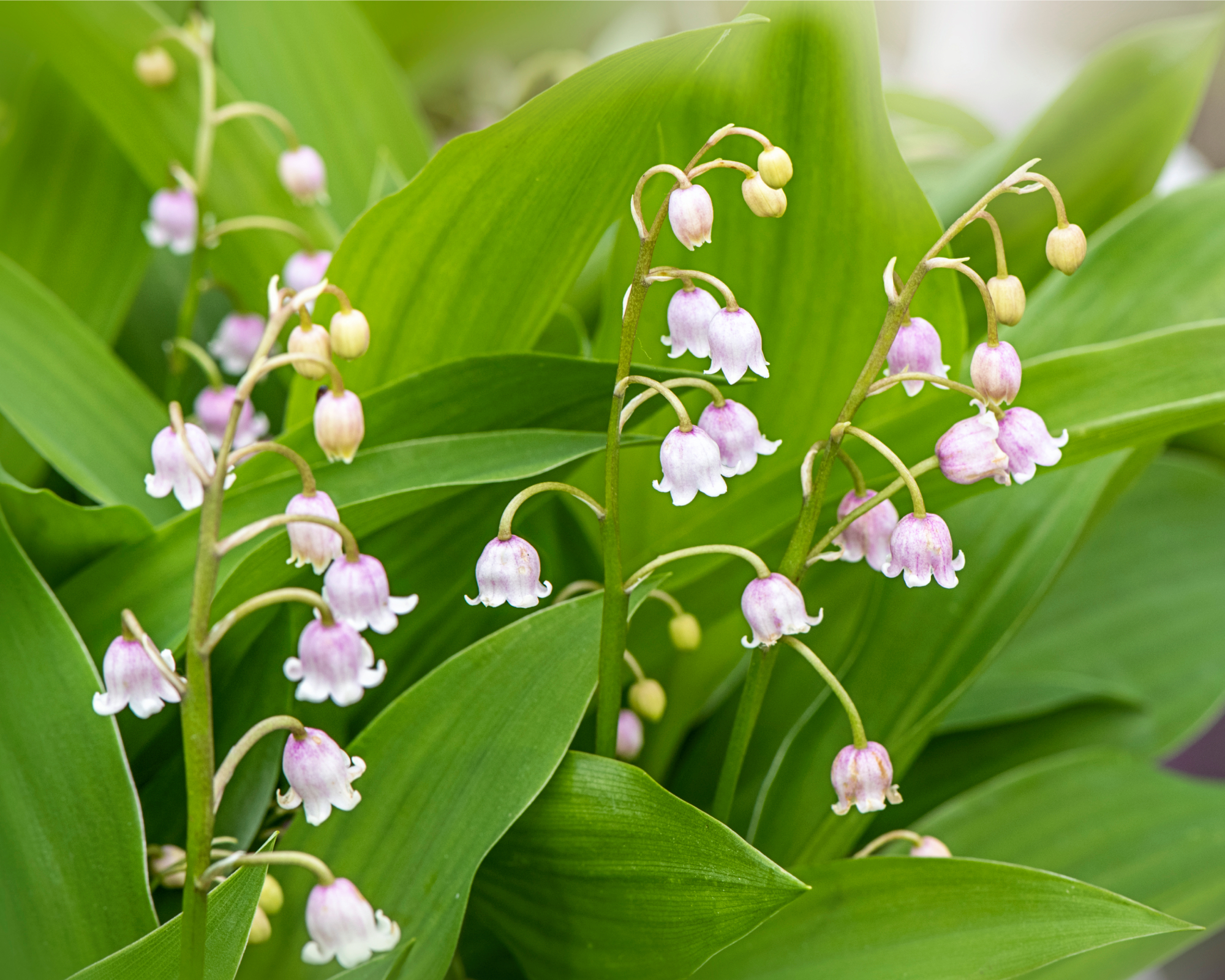
When purchasing plants, look for the following cultivars:
- ‘Albostriata’ – This type has dark leaves with white to cream longitudinal stripes.
- ‘Aureomarginata’ – This variety has cream to yellow-edged leaves.
- 'Rosea' – A pink variety, not as vigorous as the white-flowered species but very pretty.
- C. majuscule ‘Greene’ – This North American native is great for naturalistic ground cover and provides a carpet of beauty between other native plants.
This easy-care plant doesn’t require much to thrive. Preferring partial shade and moist soil, growing lily of the valley is easy if you know how and when to plant.
That being said, these plants are adaptable and will grow very well in dry shade too. Lily of the valley can also be adapted to full sun or full shade, depending on the amount of moisture it receives.
Frequently Asked Questions
Is it okay to touch lily of the valley?
All parts of the lily of the valley plant are poisonous, but only when ingested. It is generally considered safe to touch lily of the valley, but it is never safe for humans or animals to eat any part of this plant. If you are prone to skin sensitivities, wash your hands after touching lily of the valley to avoid any irritations.
Note: All parts of lily of the valley are poisonous. Be sure to plant in an area that children and pets can't reach.
What month do lily of the valley flower?
Depending on where you live, lily of the valley bloom time varies. Typically, lily of the valley flowers in May. If you live in a colder climate, lily of the valley plants may bloom into June. Or if you live in a warmer climate, they may begin blooming in April.
Discover More Woodland Beauties
- Explore more plants for full shade in the Gardening Know How Shop and start growing the most beautiful woodland garden ever!
- Grow a shade garden with ease! These 8 low-maintenance shade plants will brighten up even the darkest corners of your garden.
- Planting around trees can be a difficult task. Find the perfect plants for under trees to transform the landscape beneath your shaded canopy.
This article features products available from third party vendors on the Gardening Know How Shop. Keep in mind that our plant inventory is limited—so if you’re thinking of purchasing, don’t wait!

Nikki Tilley has been gardening for nearly three decades. The former Senior Editor and Archivist of Gardening Know How, Nikki has also authored six gardening books.
- Tonya BarnettWriter
- Laura WaltersContent Editor
